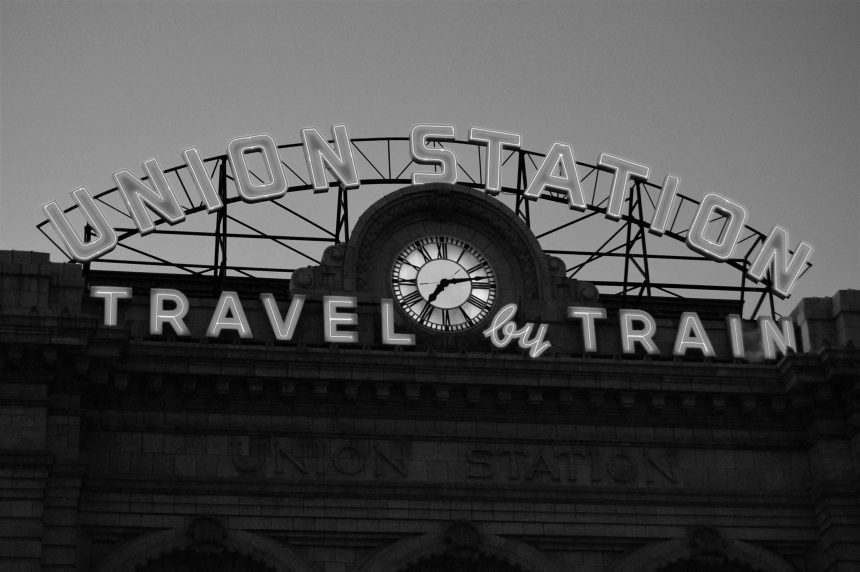Formerly, even in the most favourable circumstances, a man needed at least a few months to cross either India or America from the west to the east coast. But technological innovations which took place in the second half of the 19th century had opened a new possibility of rapid traveling.
In particular, three technological breakthroughs occurred in 1869-70 that made possible to go around the whole world within as less as 80 days. The completion of the First Transcontinental Railroad in America (1869) and the linking of the Indian railways across the sub-continent (1870) shorten the time needed to travel through India or America from months to a few days. The opening of the Suez Canal (1869) gave a new waterway between Europe and Asia without the necessity of sailing through the Cape of the Good Hope on the Africa’s southern end.
Now anyone could sit down, draw up a schedule, buy tickets and travel around the world, a feat previously reserved for only the most heroic and hardy of adventurers.

